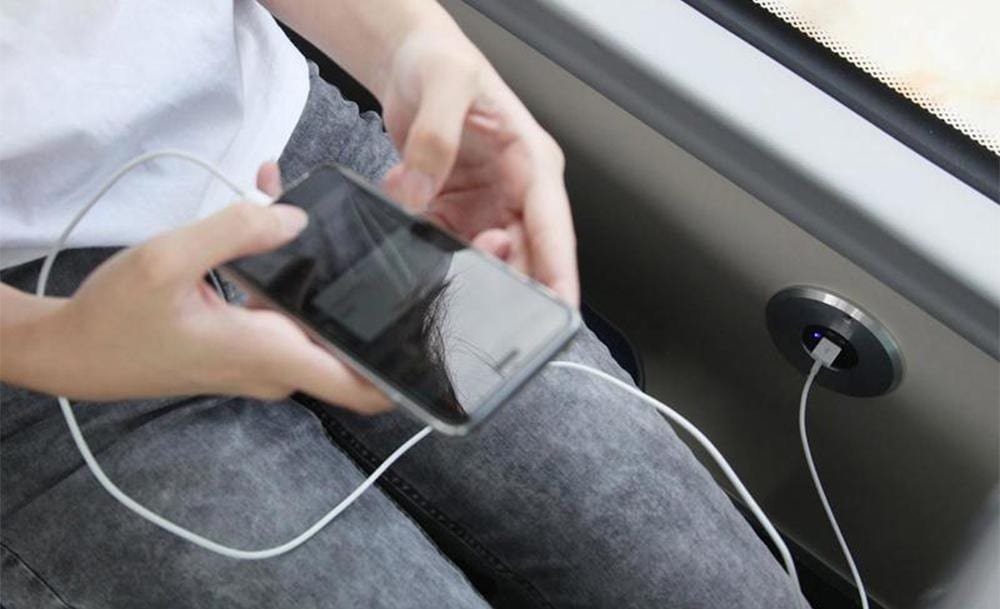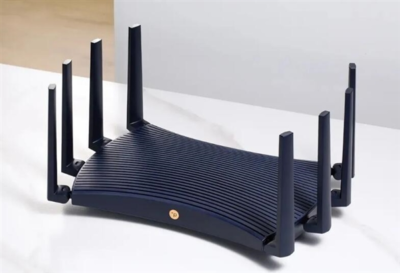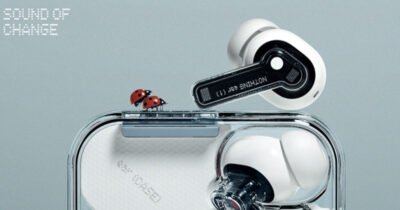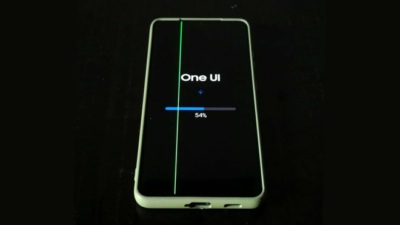Blood Charging: You might charge phone with your blood in future

It sounds too good to be true that you might be able to charge your phone with blood flowing into your bloodstream, it’s something really unbelievable even if it comes to reality. But the researchers from China have reportedly developed a method which could exploit human bloodstream to generate electricity and eventually supply power to your mobile phone.
The researchers from Fudan University China said the process involves nanoscale carbon fibres which could lead to self-powered medical devices.
Everyone at some point becomes desperate to charge their phone when the battery is about to die, sometimes you may not be able to get your hands on a charger or do not have enough time to wait while the phone is being charged. What if you could think of charging your phone right from your vessels sounds really crazy though, but you might have something attached to your wrist in the next five years which wouldn’t let your battery die ever, the recent Chinese research is quite promising in this regard.
The team of Fudan University has developed a lightweight power generator that can generate energy from blood flow in the human body. The researchers made fibre consisting carbon nanotubes that are electroactive in nature.
While conducting tests the thread of fibres dubbed “Fibre-shaped Fluidic Nano-generator” (FFNG) is attached to electrodes and immersed in a solution to imitate bloodstream. The team said, “The electricity was generated from the relative movement between the FFNG and the solution.”
The Chinese researchers were inspired by the concept of hydro-power which actually generates electricity from the flow of water. A water stream could spin the turbine and generate electricity. Unlike hydropower and other renewable energy sources such as Wind and Solar, this new source of energy is not dependent on the weather.
The mechanical properties of the material could turn into an easy way to generate power for internal medical devices. Moreover, other advantages are lightweight, tunability, elasticity and one-dimensional, this could allow the material to be woven into clothes allowing people to power up their wearable devices using human as a power source.
However, the device has raised many questions among specialists and researchers, the proposed energy generators in the human blood could lead to blood clots. Still not enough evidence as yet to back this idea and there is more research needed on the feasibility and usability of the device because the tests were conducted on the living body using frog’s nerves. Whether the technology could be used on humans is still ambiguous.
Digital marketing enthusiast and industry professional in Digital technologies, Technology News, Mobile phones, software, gadgets with vast experience in the tech industry, I have a keen interest in technology, News breaking.










